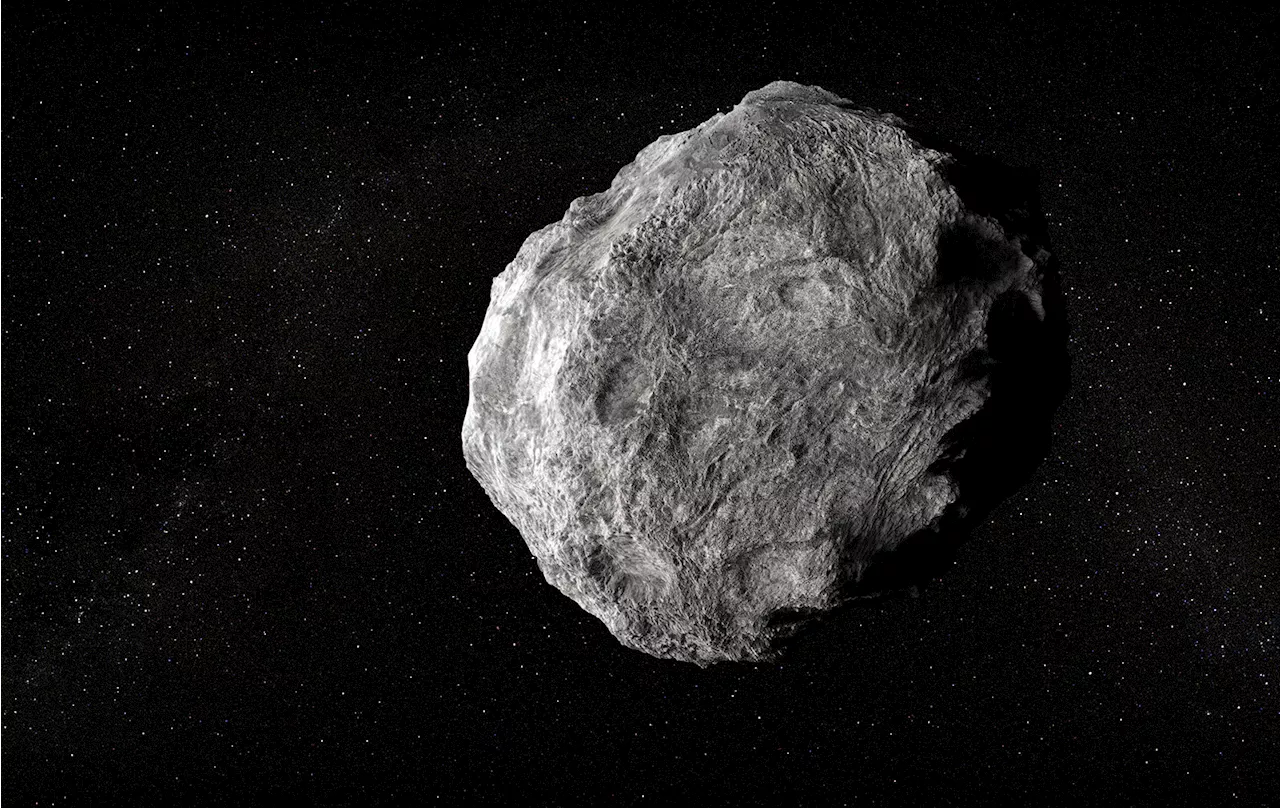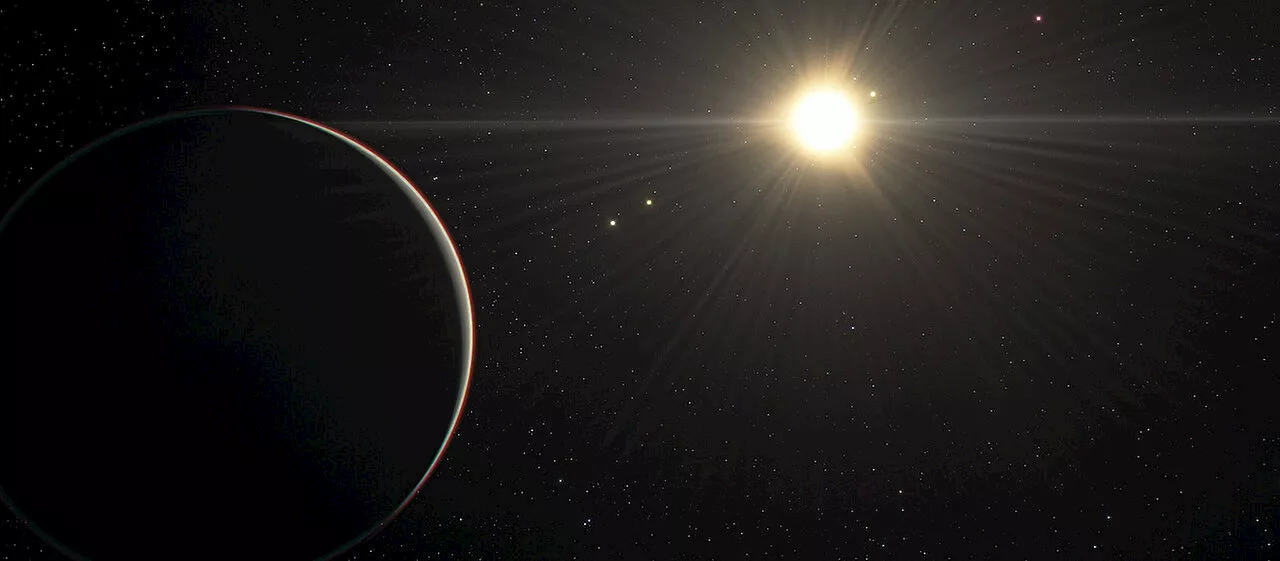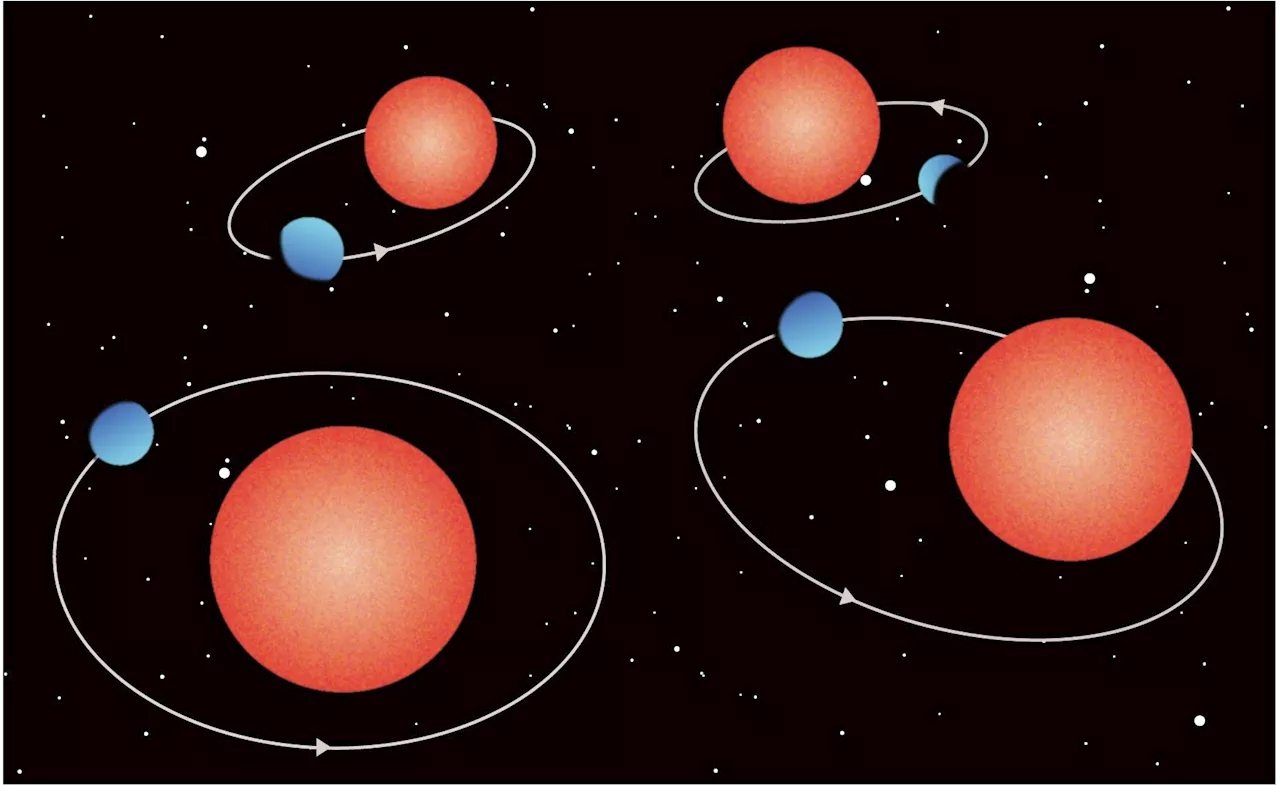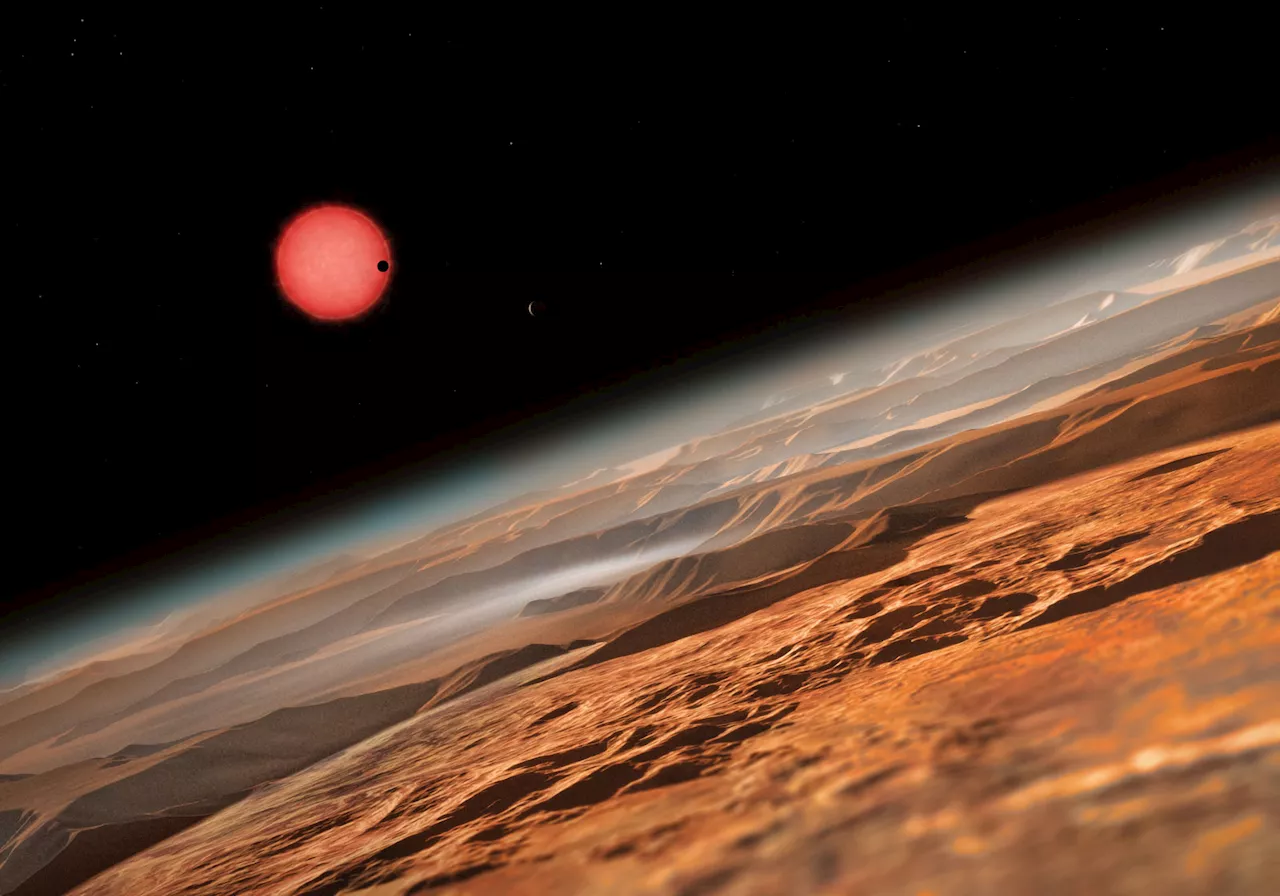As the hunt for habitable Earth-like planets stalls, astronomers are turning to bigger worlds
The hunt for Earth-like planets has run into headwinds. Some astronomers are looking for signs of habitability on bigger worldsThe red dwarf TRAPPIST-1 looms over one of its seven planets. The star may have stripped away the planets’ atmospheres.Living on one of the seven Earth-size planets in the TRAPPIST-1 system would be strange indeed. Looming ominously in the sky is an enormous red star, prone to fiery outbursts and appearing several times bigger than the Sun.
That was never going to be easy, because red dwarfs like TRAPPIST-1 tend to be tempestuous, erupting and flaring in ways that can blast away atmospheres and also confound the weak atmospheric signal JWST is trying to detect. By the end of its third year, JWST will have lavished 175 hours of observing time on TRAPPIST-1. However, JWST has yet to find any firm evidence of an atmosphere around TRAPPIST-1’s planets.
Time, too, is limited. JWST is now expected to last for up to 20 years, twice what was predicted at time of launch, but finding and studying habitable atmospheres, which is proving harder than expected, may push against that time limit. “Small exoplanets are really hard. It’ll be messy,” Redfield says. “We’re on the precipice, but how close is hard to ascertain.”. “We can’t look everywhere,” Cockell says, “and the best way to narrow down is to follow the constraints of the life that we know.
Despite the setbacks, researchers are keen to push out from TRAPPIST-1b and c to the cooler planets in the system, farther from the star and more likely to hold on to any atmosphere. But that comes at a cost in terms of telescope time, because cooler planets emit less infrared, making eclipse photometry more difficult. Moreover, a cooler atmosphere will shrink closer to the planet, weakening any transit signal.
Although the tactic will be immensely valuable if successful, some had been hoping for a more systematic examination of the TRAPPIST-1 planets, says Julien de Wit, a planetary scientist at the Massachusetts Institute of Technology. “Our hope is that the exploration of the system is not put on hold until this program is completed.”may be the most common kind of star, rocky worlds like Earth are not the most common type of planet.
Of his shortlist of six potentially habitable worlds, Doyon says LHS 1140b is the most likely to have retained an atmosphere. “We need more observations with JWST!” But that will be a challenge. LHS 1140b’s position in the sky means it is often out of view for JWST, which can only see it transiting its star four times a year. Doyon says as many as a dozen transits will be needed to confirm the atmosphere and see whether it contains carbon dioxide—an indicator of a watery surface.
United States Latest News, United States Headlines
Similar News:You can also read news stories similar to this one that we have collected from other news sources.
 An asteroid larger than 99% of near-Earth asteroids will pass Earth this weekTwo asteroids will pass Earth back-to-back this week, just in time to celebrate Asteroid Day 2024. Here's what we know.
An asteroid larger than 99% of near-Earth asteroids will pass Earth this weekTwo asteroids will pass Earth back-to-back this week, just in time to celebrate Asteroid Day 2024. Here's what we know.
Read more »
 Life Beyond Earth: Webb’s Spectroscopic Hunt for Earth-Like PlanetsScience, Space and Technology News 2024
Life Beyond Earth: Webb’s Spectroscopic Hunt for Earth-Like PlanetsScience, Space and Technology News 2024
Read more »
 The density difference of sub-Neptunes finally decipheredThe majority of stars in our galaxy are home to planets. The most abundant are the sub-Neptunes, planets between the size of Earth and Neptune. Calculating their density poses a problem for scientists: depending on the method used to measure their mass, two populations are highlighted, the dense and the less dense.
The density difference of sub-Neptunes finally decipheredThe majority of stars in our galaxy are home to planets. The most abundant are the sub-Neptunes, planets between the size of Earth and Neptune. Calculating their density poses a problem for scientists: depending on the method used to measure their mass, two populations are highlighted, the dense and the less dense.
Read more »
 The density difference of sub-Neptunes finally decipheredAn international team led by UNIGE, UNIBE and PlanetS has shown the existence of two distinct populations of sub-Neptunes, resolving a debate in the scientific community.
The density difference of sub-Neptunes finally decipheredAn international team led by UNIGE, UNIBE and PlanetS has shown the existence of two distinct populations of sub-Neptunes, resolving a debate in the scientific community.
Read more »
 Mysterious mini-Neptunes | ScienceDailyThis study discovered mini-Neptunes around four red dwarfs using observations from a global network of ground-based telescopes and the TESS space telescope. These four mini-Neptunes are close to their parent stars, and the three of them are likely to be in eccentric orbits.
Mysterious mini-Neptunes | ScienceDailyThis study discovered mini-Neptunes around four red dwarfs using observations from a global network of ground-based telescopes and the TESS space telescope. These four mini-Neptunes are close to their parent stars, and the three of them are likely to be in eccentric orbits.
Read more »
 Researchers discover mysterious mini-NeptunesResearchers discovered mini-Neptunes around four red dwarfs using observations from a global network of ground-based telescopes and the TESS space telescope. These four mini-Neptunes are close to their parent stars, and the three of them are likely to be in eccentric orbits.
Researchers discover mysterious mini-NeptunesResearchers discovered mini-Neptunes around four red dwarfs using observations from a global network of ground-based telescopes and the TESS space telescope. These four mini-Neptunes are close to their parent stars, and the three of them are likely to be in eccentric orbits.
Read more »
